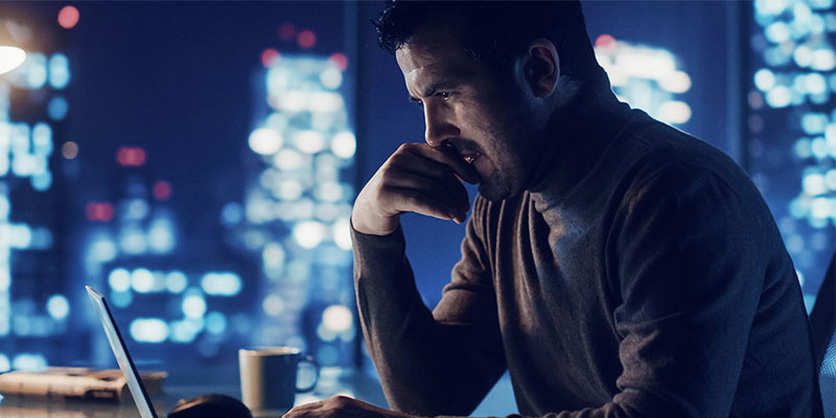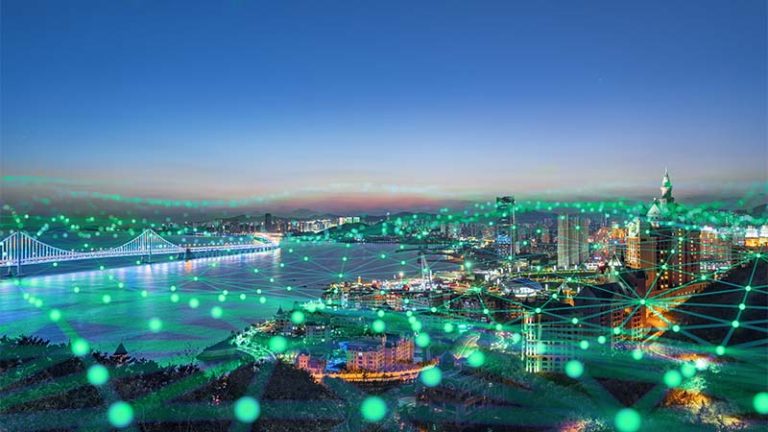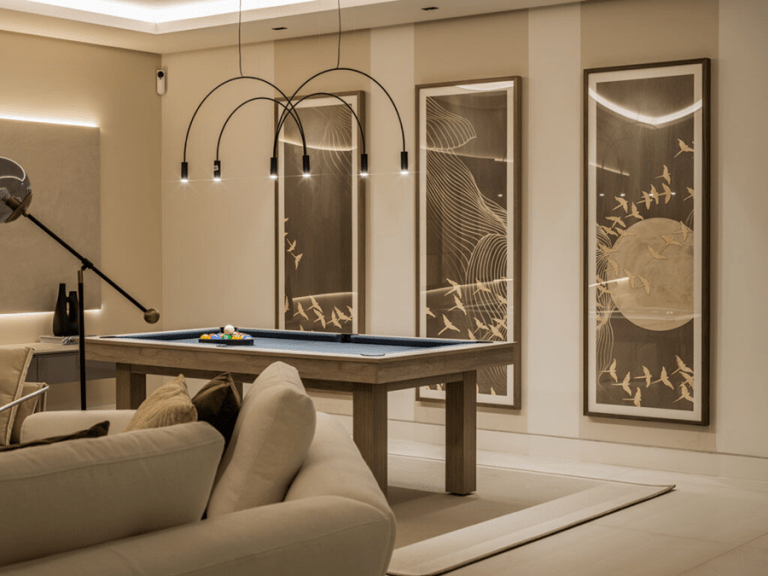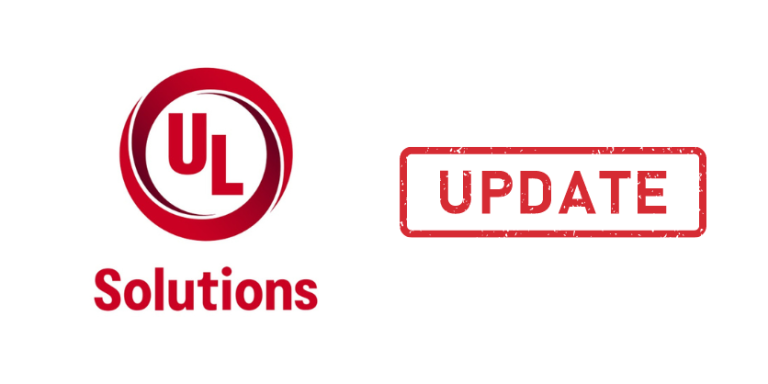Connected Buildings Can Help Mitigate Climate Change

Accelerating the rate of connected building renovation is critical
In the European Union and the United States, major policies are defining efforts to reduce greenhouse gas emissions and achieve energy efficiency. The European Climate Law, for example, establishes a goal of net zero greenhouse gas emissions by 2050 and includes legal requirements for EU countries to set intermediate targets for reducing emissions. In the United States, the Inflation Reduction Act commits to achieving a 40% reduction in economy wide GHG emissions by 2030.
As the momentum for achieving net zero economies increases, building renovation has emerged as a central emphasis due to several factors:
- Building operations, the building construction industry, and building and infrastructure materials generate 40% of annual global GHG emissions
- According to the US Department of Energy, residential and commercial buildings use about 40% of the nation’s energy for lighting, heating, cooling, and appliances while commercial buildings consume 70% of all electricity
- In Europe, the buildings sector consumes 40% of the continent’s energy demand
- Building materials such as concrete, steel, and aluminum lock carbon emissions in place and contribute 23% of the total global CO2 emissions per year
- Projections indicate that the largest wave of building growth will occur from 2020 through 2050
Building renovation offers an environmental and economic way forward
Several methods exist for increasing energy efficiency and reducing the carbon footprint of commercial buildings. Design optimization based on reducing carbon emissions minimizes the use of materials that embody carbon and transitions to integrating sustainable materials or decarbonized conventional materials into designs. Using recycled materials reduces the carbon footprint. Advanced connected and interoperable technologies allow equipment and systems to communicate with one another and conserve energy while meeting the lighting, security, safety, cooling, and heating needs of residents. For example, Installing LED lighting systems and then connecting those systems to other building control systems reduces energy consumption and costs.
Upgrades for reduced environmental impacts also produces a promising economic outlook for commercial property owners. Renovations focused on green buildings that include replacing outdated lighting fixtures with connected lighting systems, installing energy-efficient HVAC systems, and using low-carbon materials reduce energy costs. In turn, improving indoor environmental quality and sustainability promotes the health and well-being of employees and residents. Sustainable, human-centric workplaces attract tenants and respond to the expectations of staff returning to the office.
Green building projects produce a higher ROI
Certainly, the costs for a renovation project are significant. However, improving the energy efficiency and occupant satisfaction of a property can yield a higher return-on-investment. Several analyses of new green building and renovation projects compared to standard construction practices show a higher ROI within a shorter time span.
Profitability increases through improved energy efficiency and decreases operating costs. The ability to attain healthy/green building certifications demonstrates the commitment to sustainability that tenants, clients, and employees seek.”
Sustainable finance options offset the challenges of acquiring the capital needed for green building and renovation projects. Blended financing allows owners to increase the scale of projects while controlling risk. Building owners may also implement renovation plans through innovative financing methods that include light-as-a-service (LaaS), energy-efficiency-as-a-service (EEaaS), and energy services company (ESCO) models. Each addresses market barriers, enables energy efficient technologies through monthly payments rather than large up-front capital costs, and encourages owners to invest in energy efficiency without immediately receiving the benefit.
Mitigating climate change requires an immediate response and long-term planning
As the consequences of climate change become more apparent each day, the level of urgency—and uncertainty—increases. Mitigating the effects of climate change requires commitment from every individual, corporation, and government. While international policies set long-range targets for achieving net zero economies, efforts to reduce carbon emissions and energy consumption must continue and increase. As a result, construction companies must commit to replacing materials that contribute to emissions sustainable materials. Encouraging this commitment begins with increased resolve at the corporate level to reduce emissions through green renovations and new building designs.
Interoperable, connected technologies offer a solution for reducing greenhouse gas emissions and energy consumption. Within those technologies, LED lighting systems serve as the starting point through flexible design options, low operating costs, and excellent heat dissipation. The capabilities offered through LED lighting systems that connect with other building operations allow design teams to create sustainable office environments that appeal to tenants and occupants.
To learn more about how connected technologies align with global energy policies, read our white paper Good connectivity: a key to decarbonizing the building sector, here.
More information available here
Related Article
Signify Introduces Interact Space Analysis Tool
Netherlands-based Signify has introduced an innovative capability to its growing Interact connected lighting portfolio: Interact Space analysis. Working in combination with two new state-of-the-art sensors, Interact Space analysis provides a data-driven solution that gives building owners the vital information they need to optimize working conditions for tenants and their employees.








